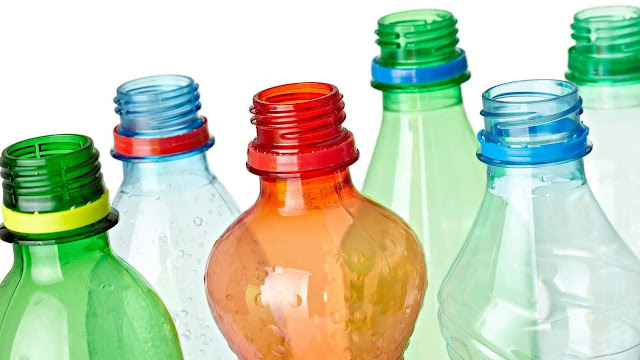Regulatory Developments and Their Impact on the Bisphenol A Market
 |
| Bisphenol A Market |
Regulatory developments have had a significant impact on the Bisphenol A (BPA) market, shaping industry practices, market dynamics, and product development. Growing concerns about the potential health and environmental risks associated with BPA exposure have led to the implementation of regulations aimed at minimizing its use and protecting public health.
One of the primary areas of
regulatory focus has been on the use of BPA in food contact materials. Many
regulatory agencies around the world, including the U.S. Food and Drug
Administration (FDA) and the European Food Safety Authority (EFSA), have
established specific guidelines and regulations concerning the use of BPA in
food packaging and containers. These regulations aim to reduce consumer
exposure to BPA, particularly in products that come into direct contact with
food and beverages.
The global
Bisphenol A market size was valued at USD 6589.69 million in
2021 and is anticipated to witness a compound annual growth rate (CAGR) of 6.01%
from 2022 to 2030.
Regulations often restrict or ban
the use of BPA in certain products, especially those intended for use by
vulnerable populations such as infants and children. For example, several
countries have prohibited the use of BPA in baby bottles and infant formula
packaging due to concerns about potential developmental effects. These
regulations have led to a shift towards BPA-free alternatives in these specific
applications.
Environmental regulations also
play a significant role in shaping the BPA market. Concerns about the
environmental impact of BPA, including its potential for endocrine disruption
and persistence in the environment, have prompted regulatory actions. For
instance, some regions have restricted or banned the use of BPA in certain
applications, such as thermal paper receipts, to reduce environmental
contamination.
The impact of regulatory
developments on the Bisphenol
A Market has been twofold. On one hand, the
implementation of regulations has led to a decrease in the use of BPA in
certain products and applications. Manufacturers and brand owners have been
motivated to find alternative materials or develop BPA-free options to comply
with regulatory requirements and address consumer concerns. This has created
new market opportunities for BPA-free alternatives and stimulated innovation in
the development of safer materials.
On the other hand, regulatory
developments have also prompted increased research and testing to better
understand the potential risks associated with BPA and to ensure the safety of
alternative materials. Regulatory agencies require comprehensive toxicological
data and risk assessments to evaluate the safety of alternative substances and
their suitability for replacing BPA in various applications. This has led to
increased collaboration between industry stakeholders, research institutions,
and regulatory authorities to generate the necessary data and ensure regulatory
compliance.
In summary, regulatory
developments have had a profound impact on the BPA market. They have driven the
adoption of BPA-free alternatives, stimulated innovation, and prompted
increased research and testing to ensure product safety. As regulatory scrutiny
continues, the BPA market will likely continue to evolve, with a focus on
developing and promoting safer materials while meeting the demands of various
industries and addressing consumer concerns about health and environmental
impacts.



Comments
Post a Comment